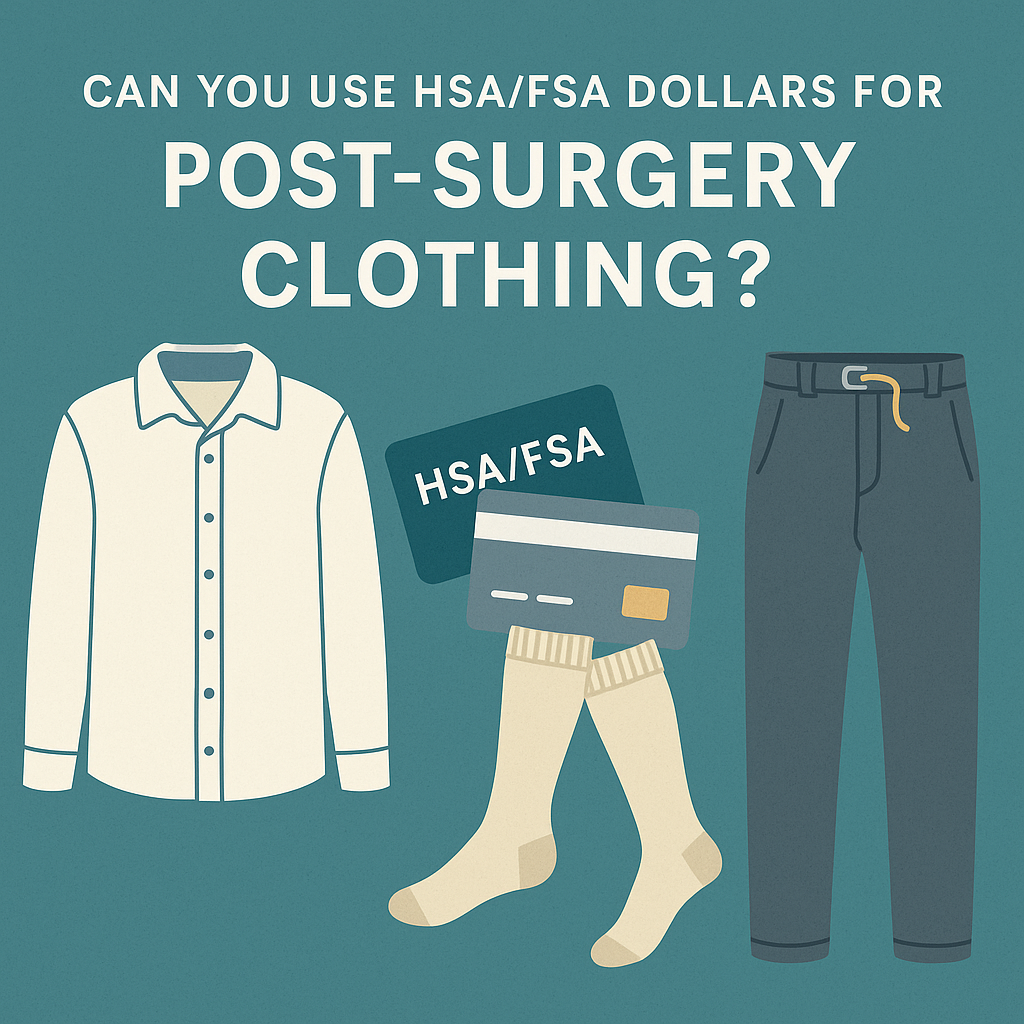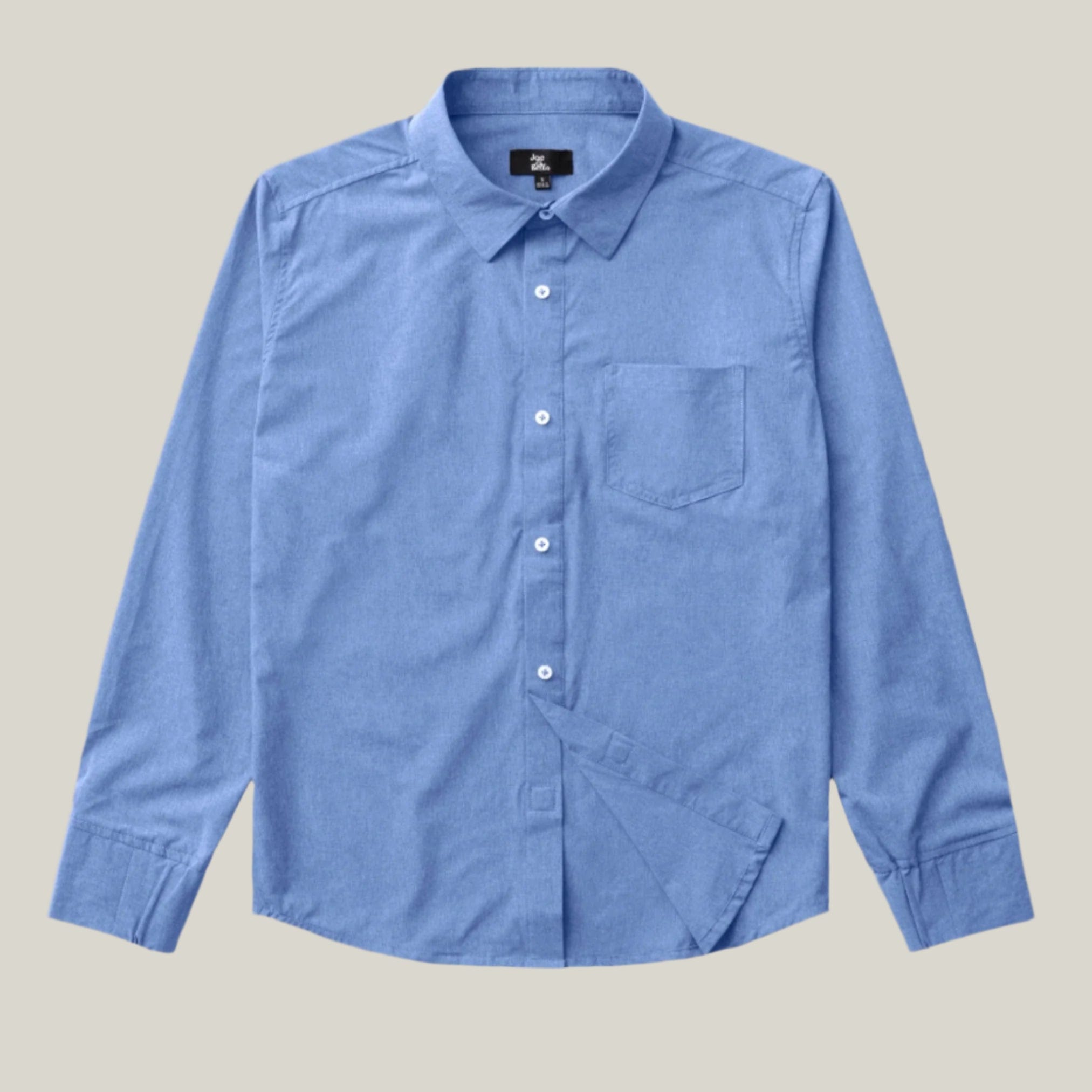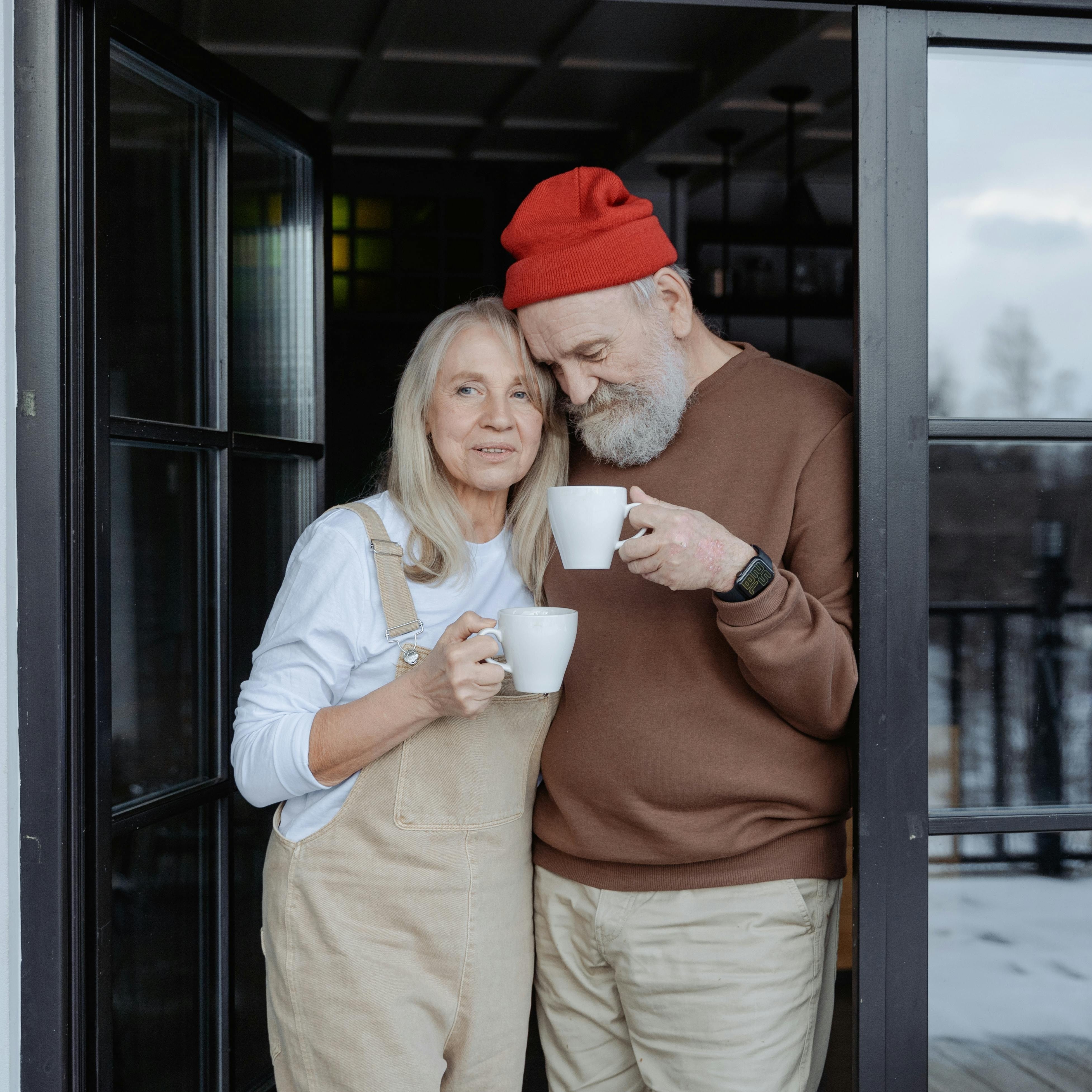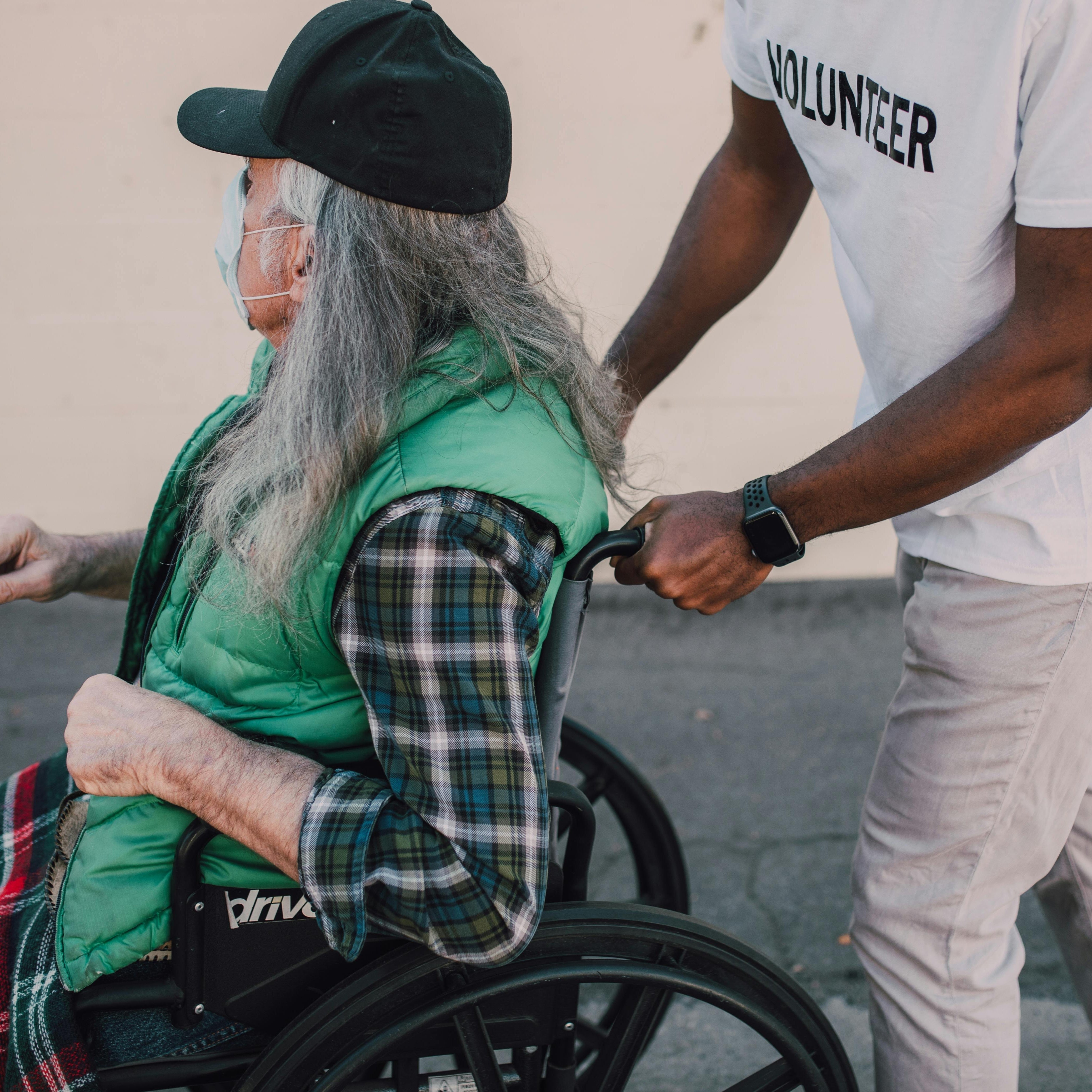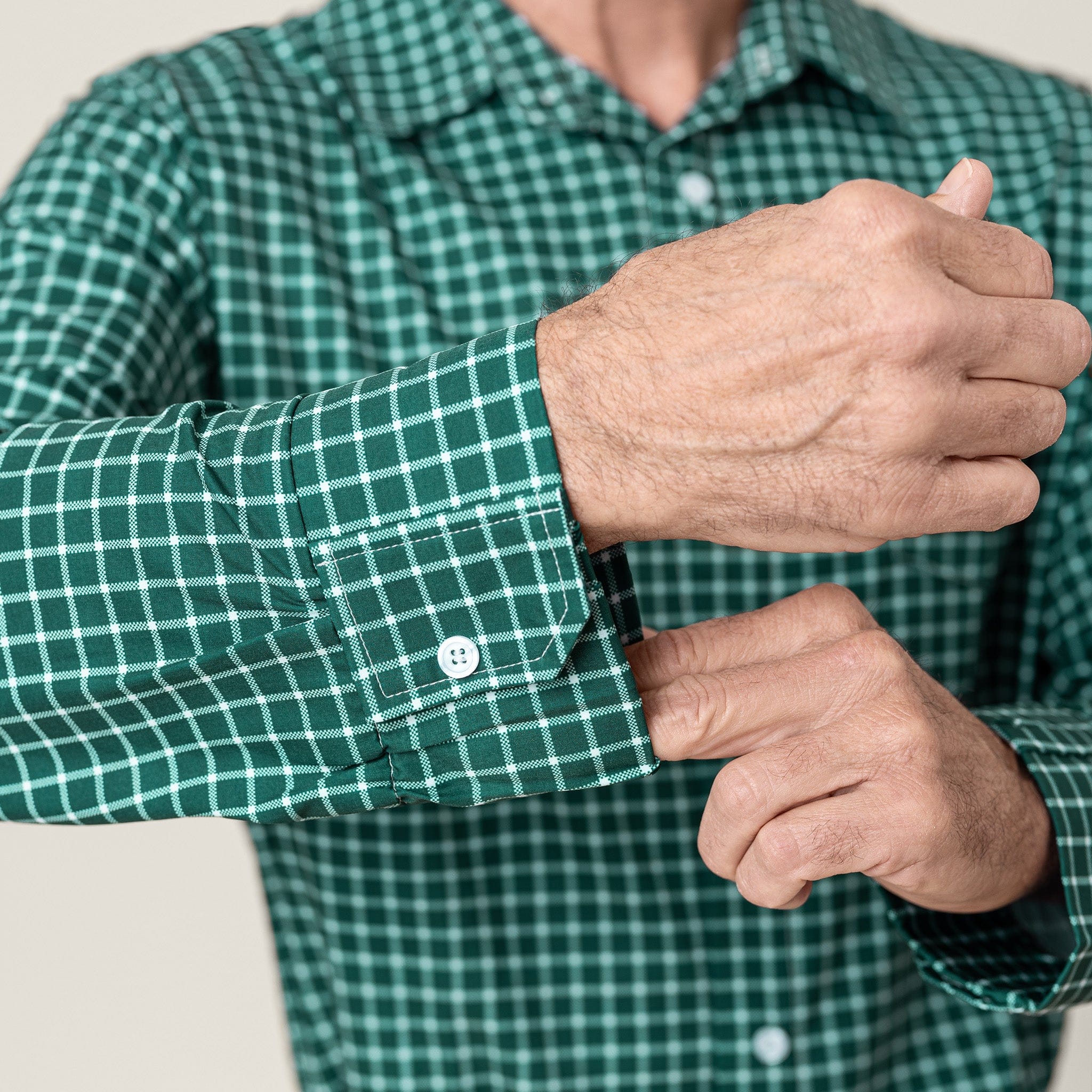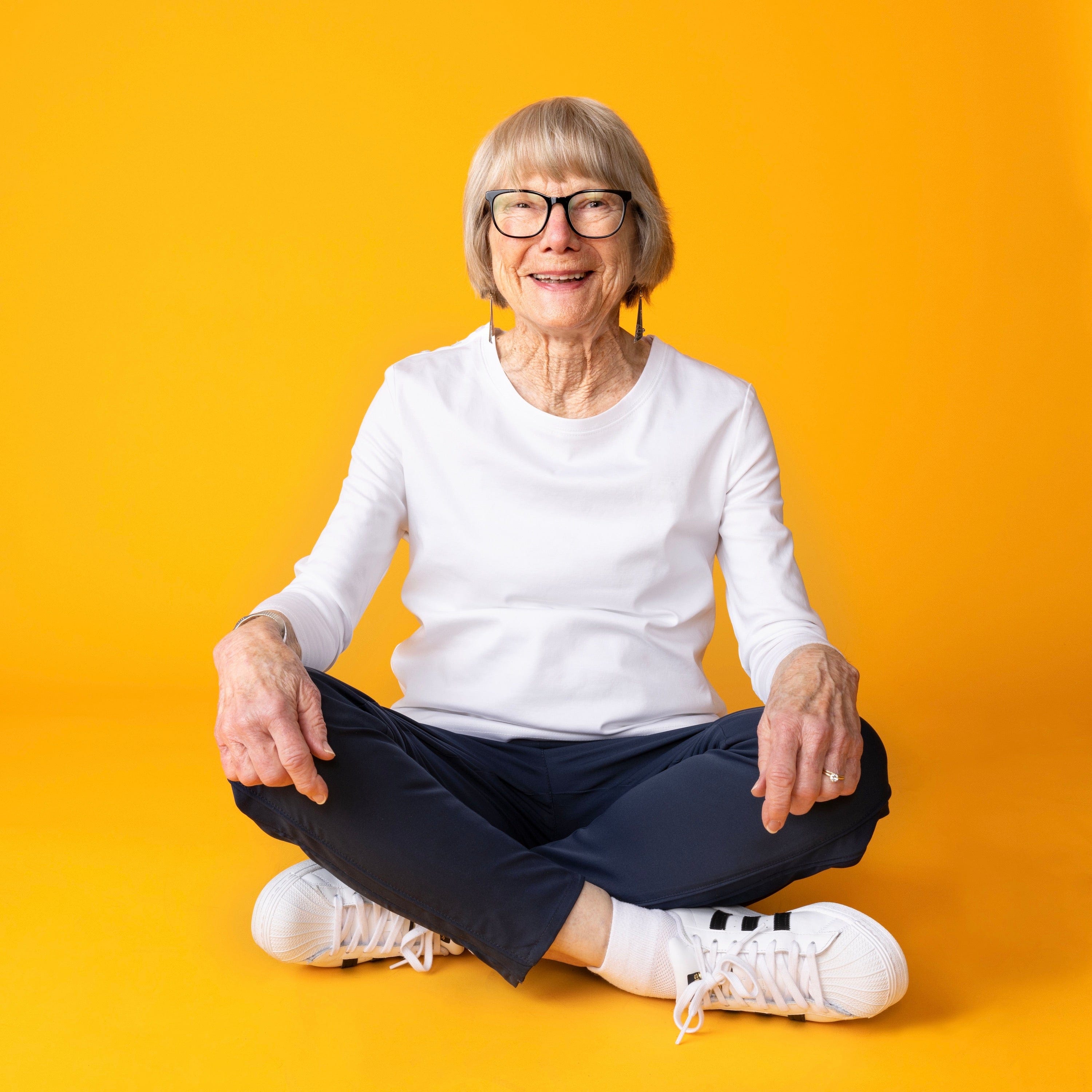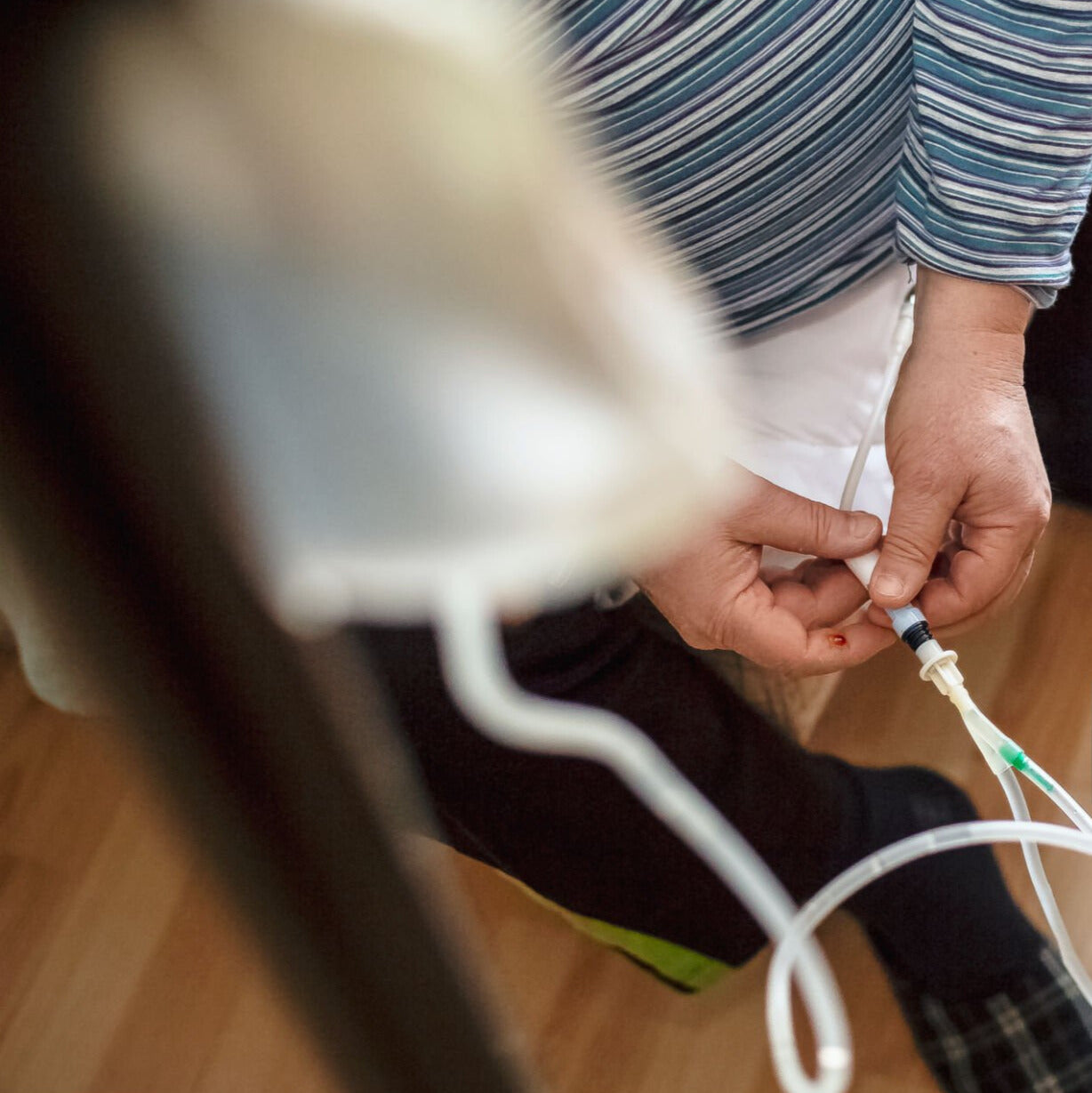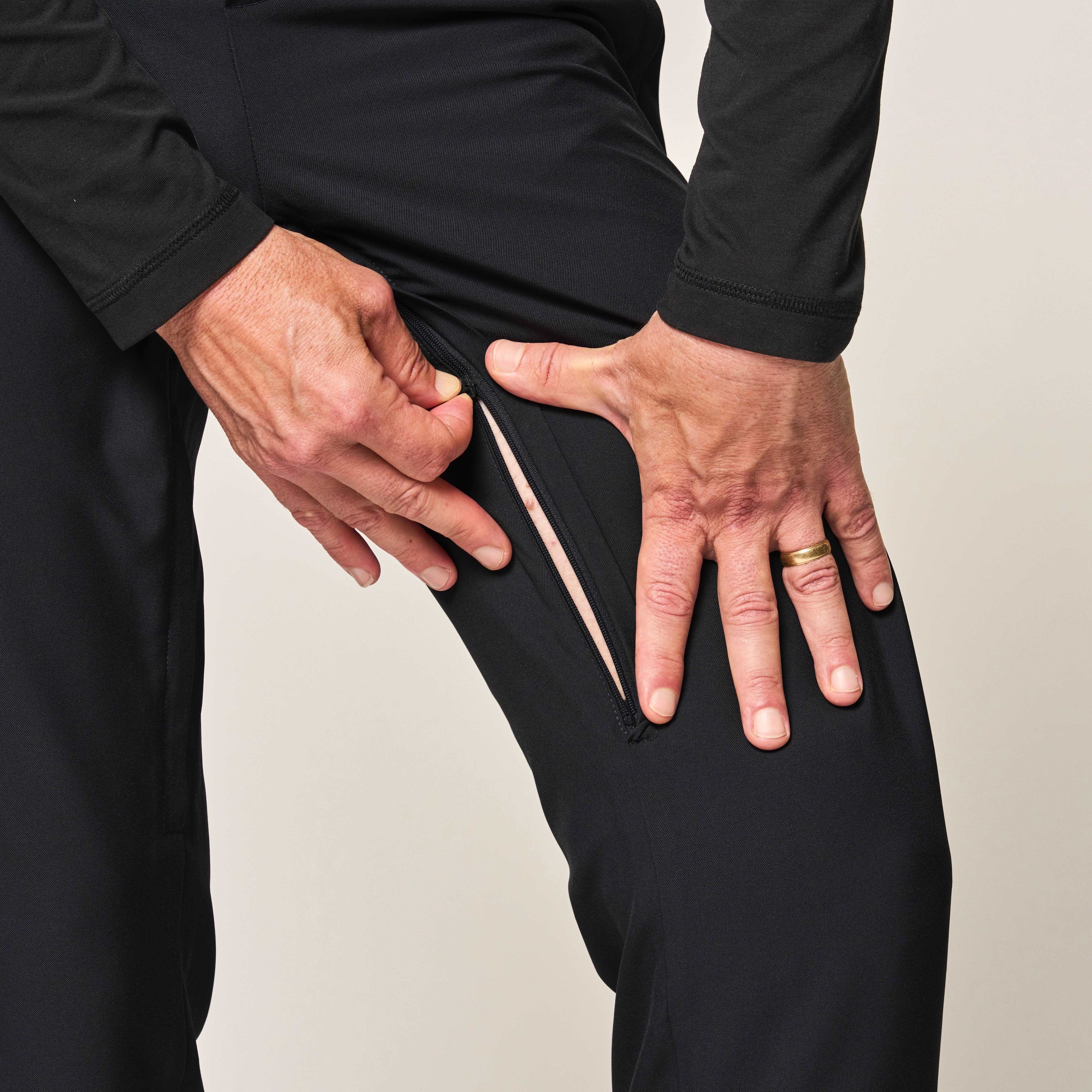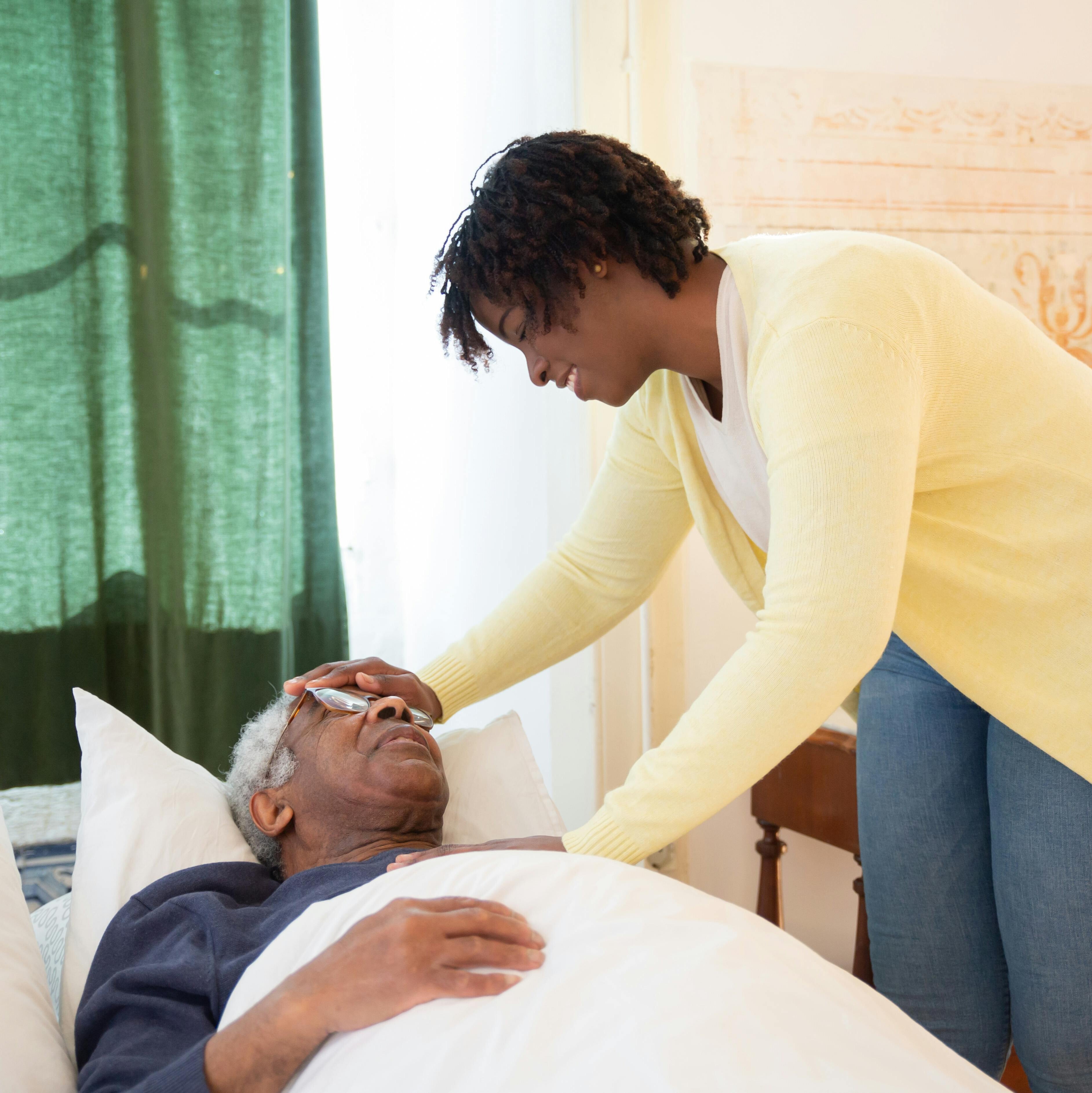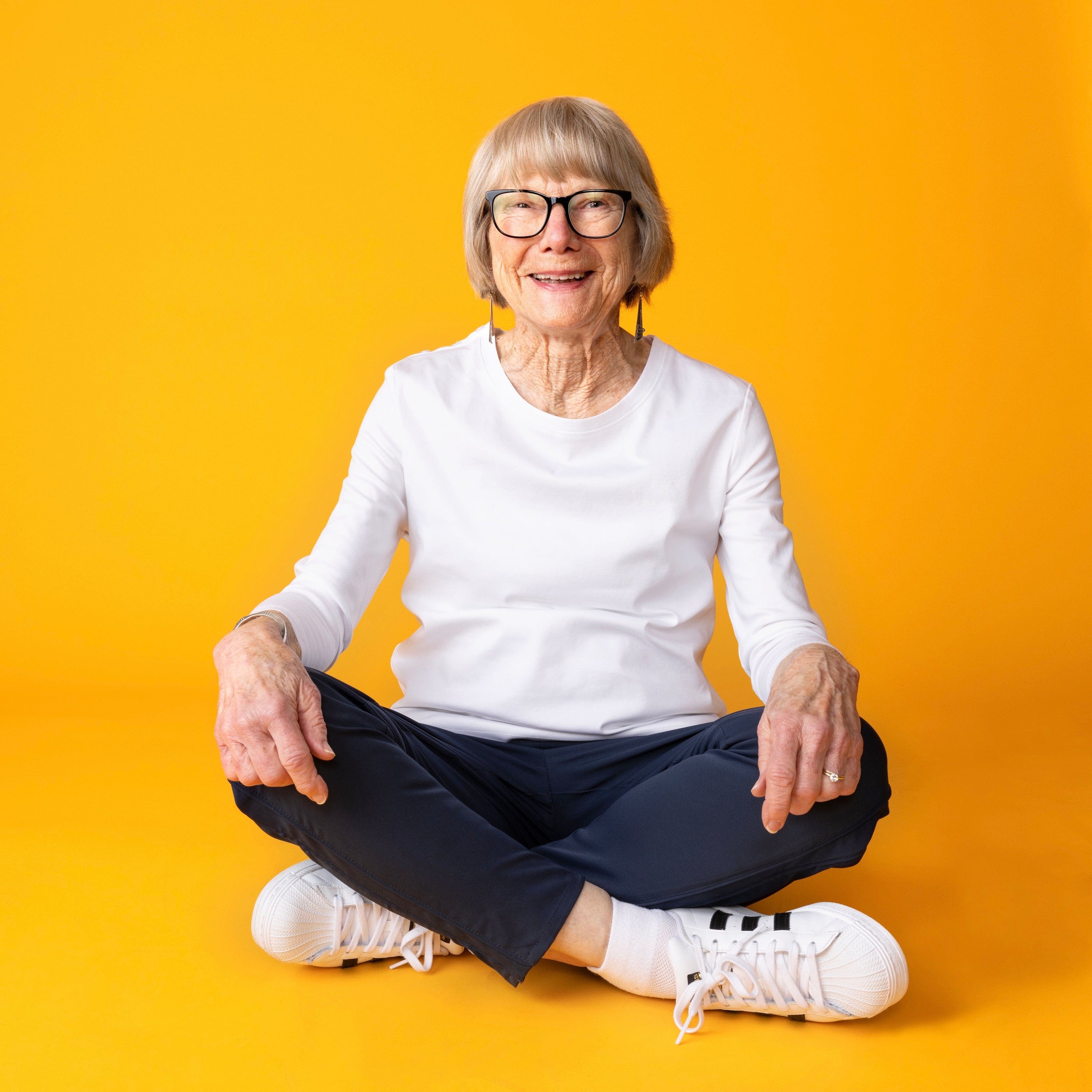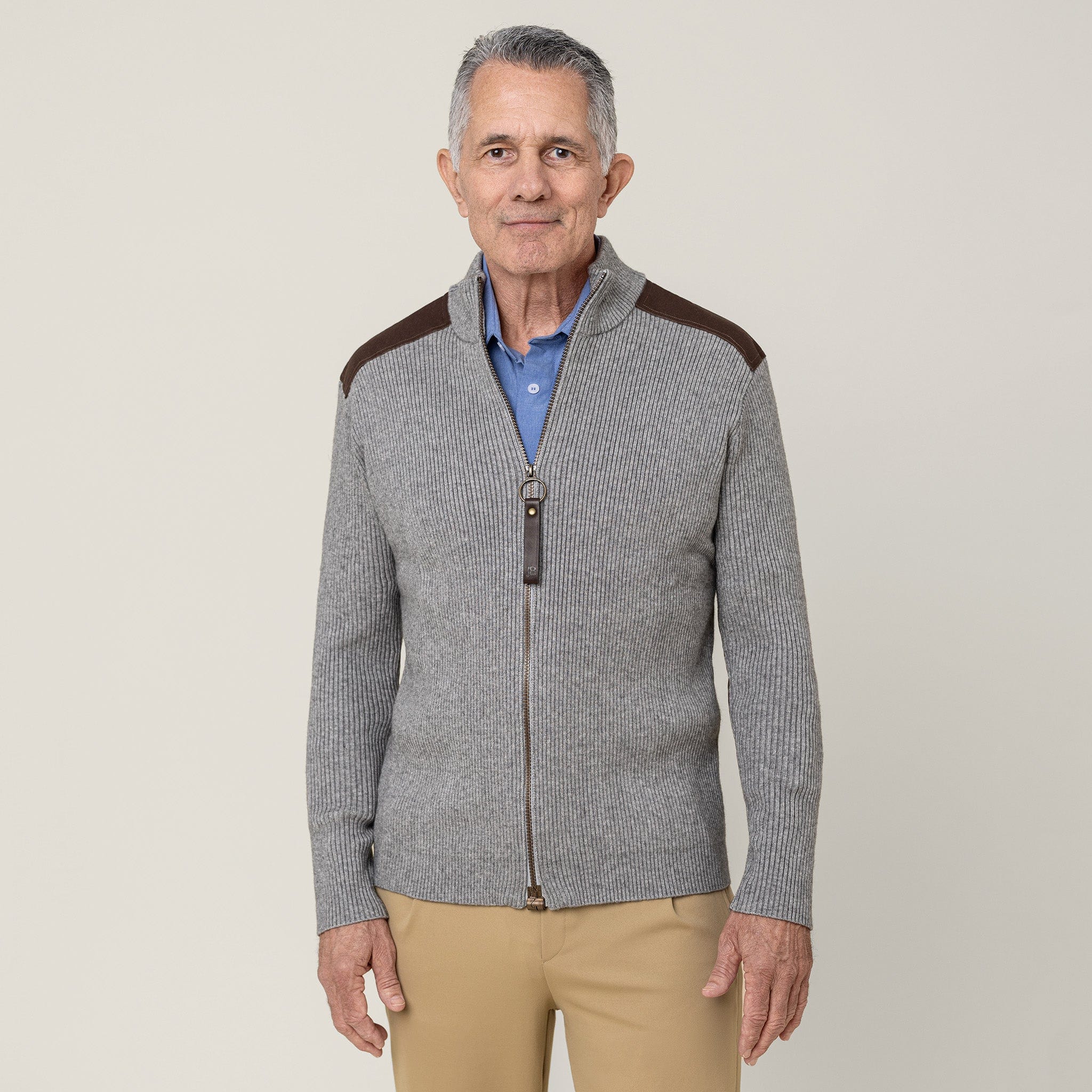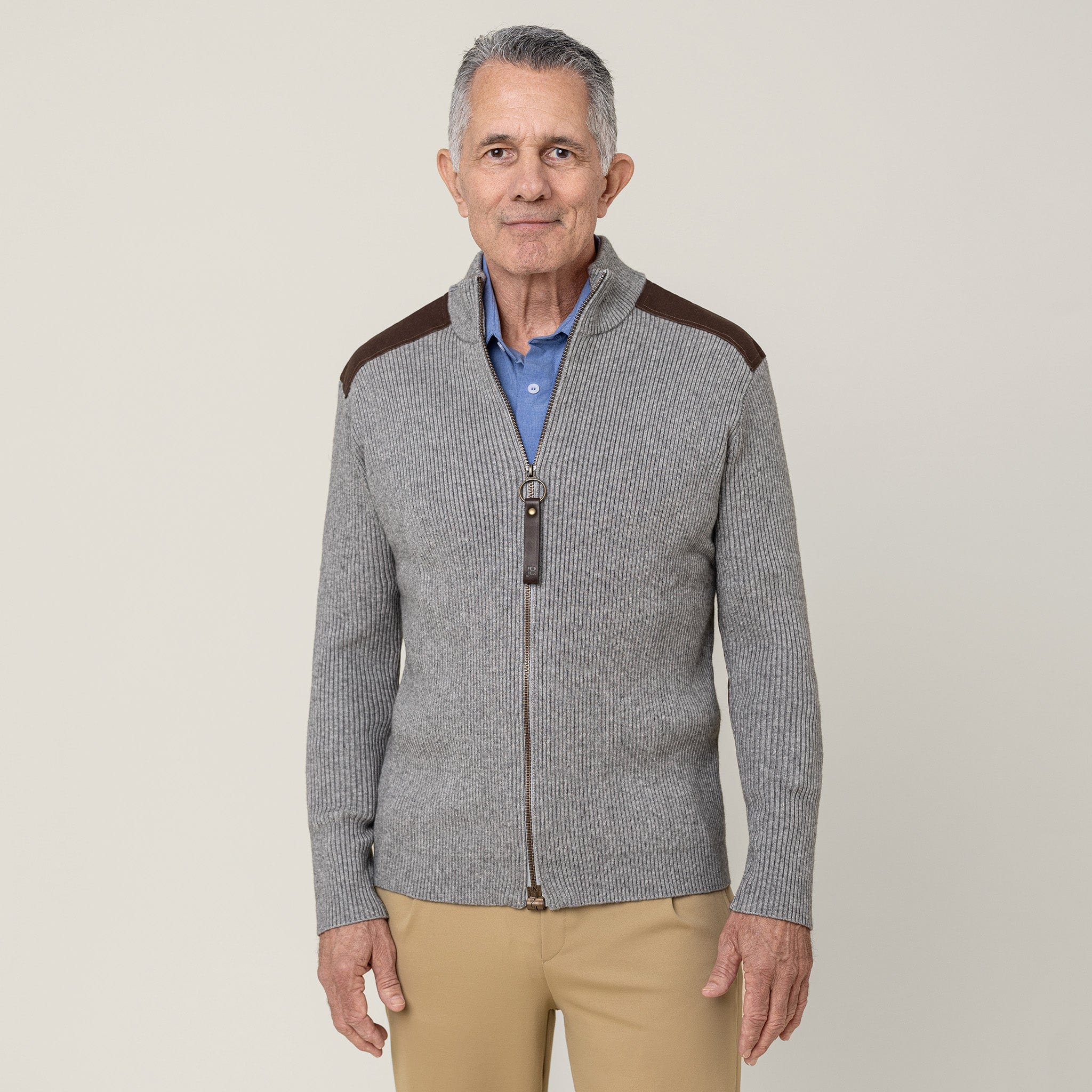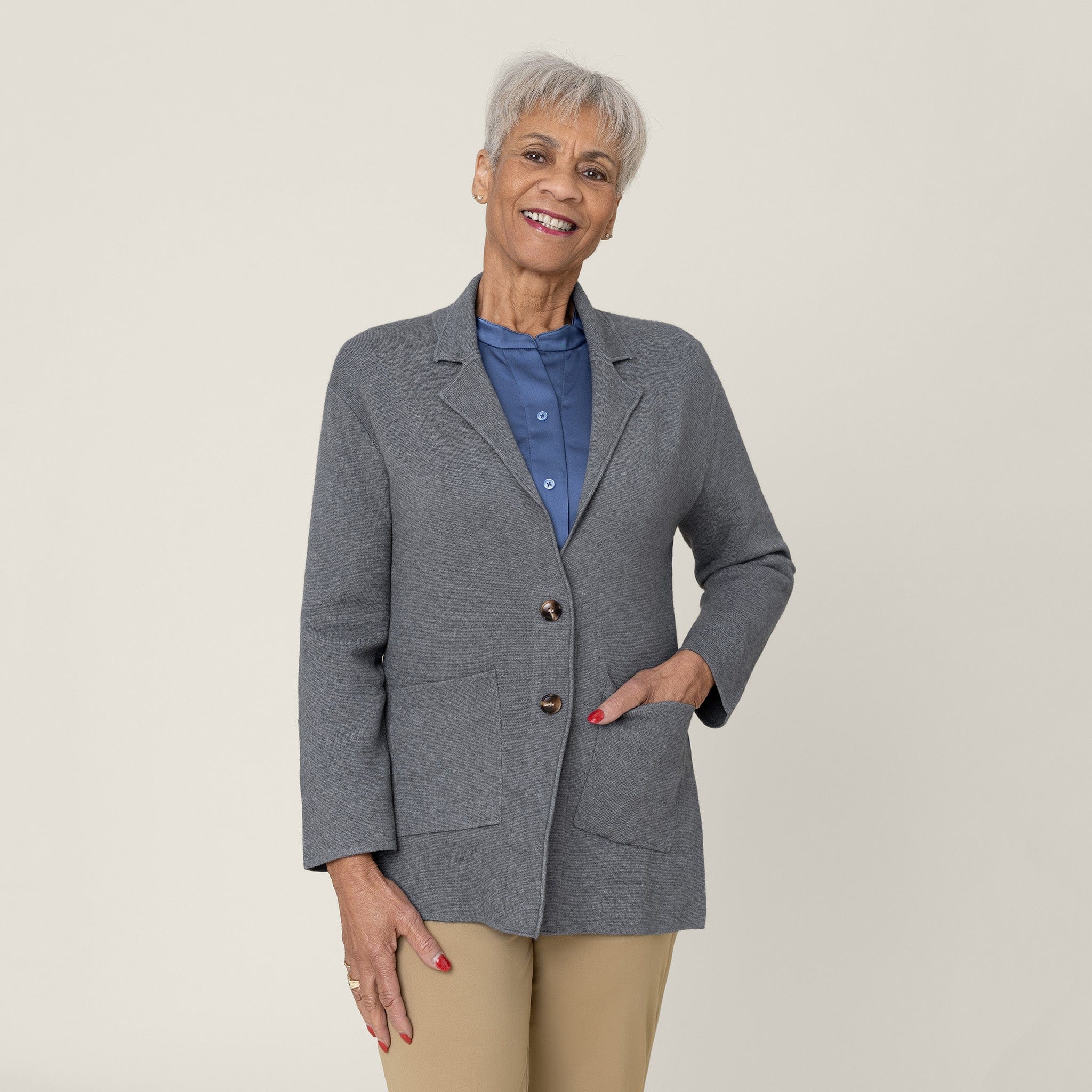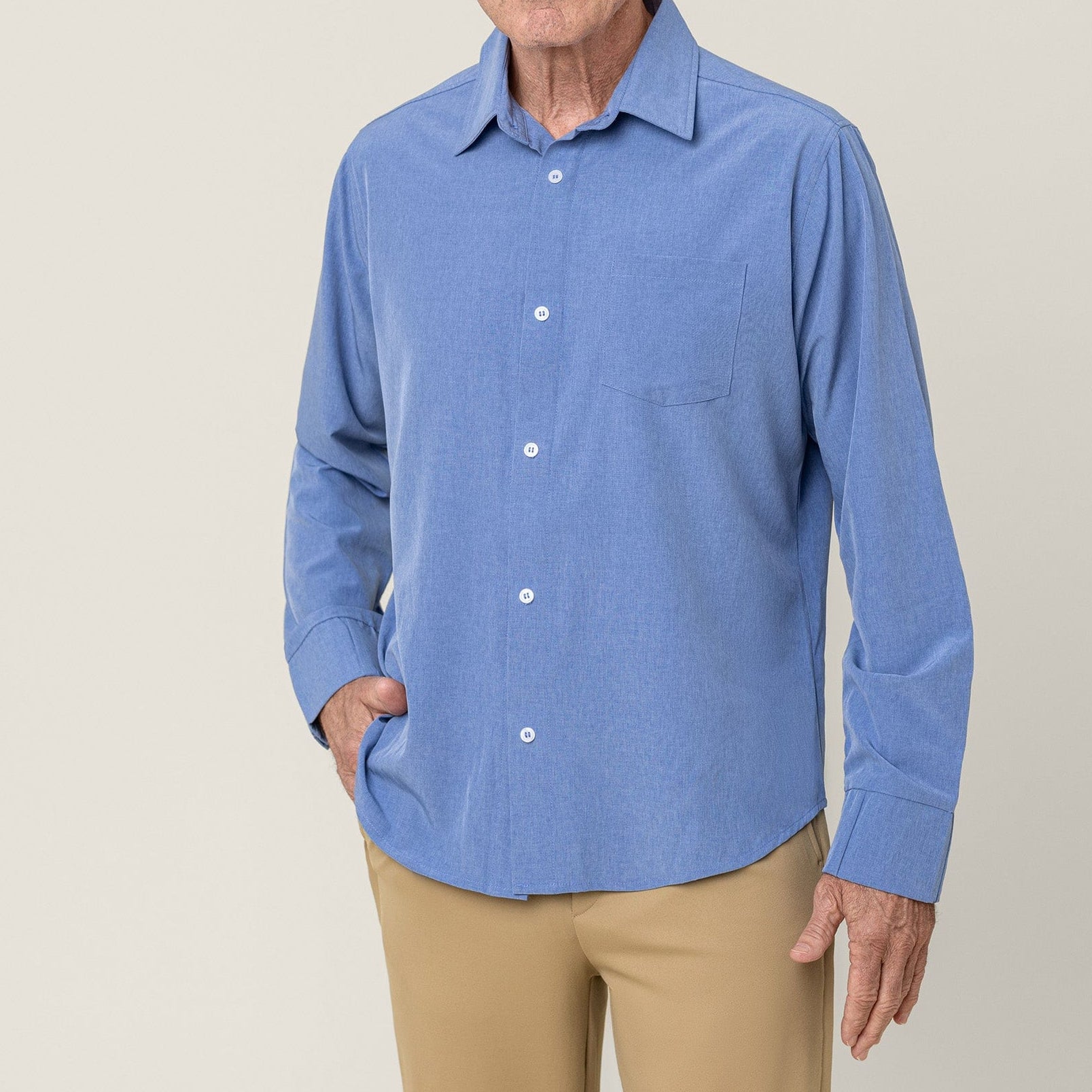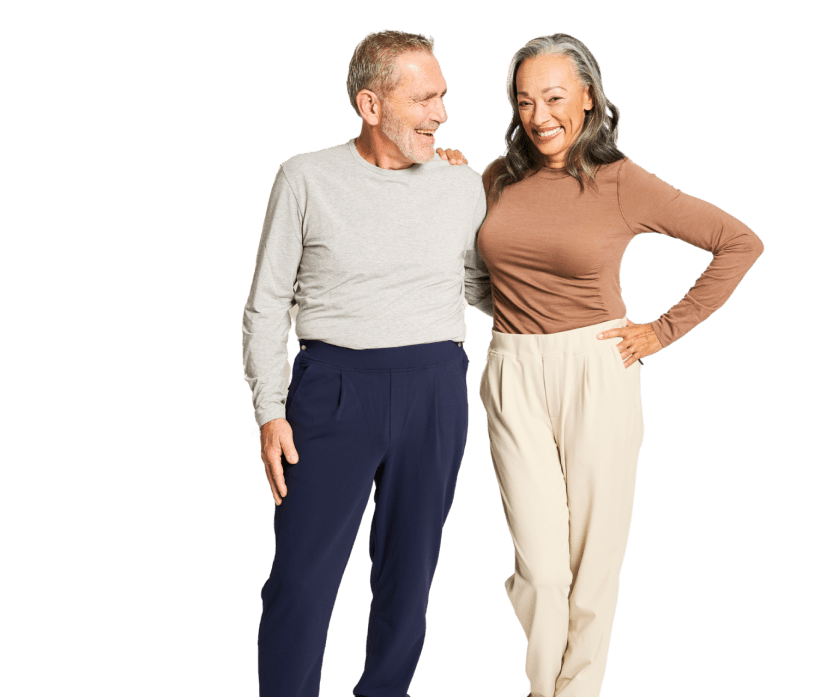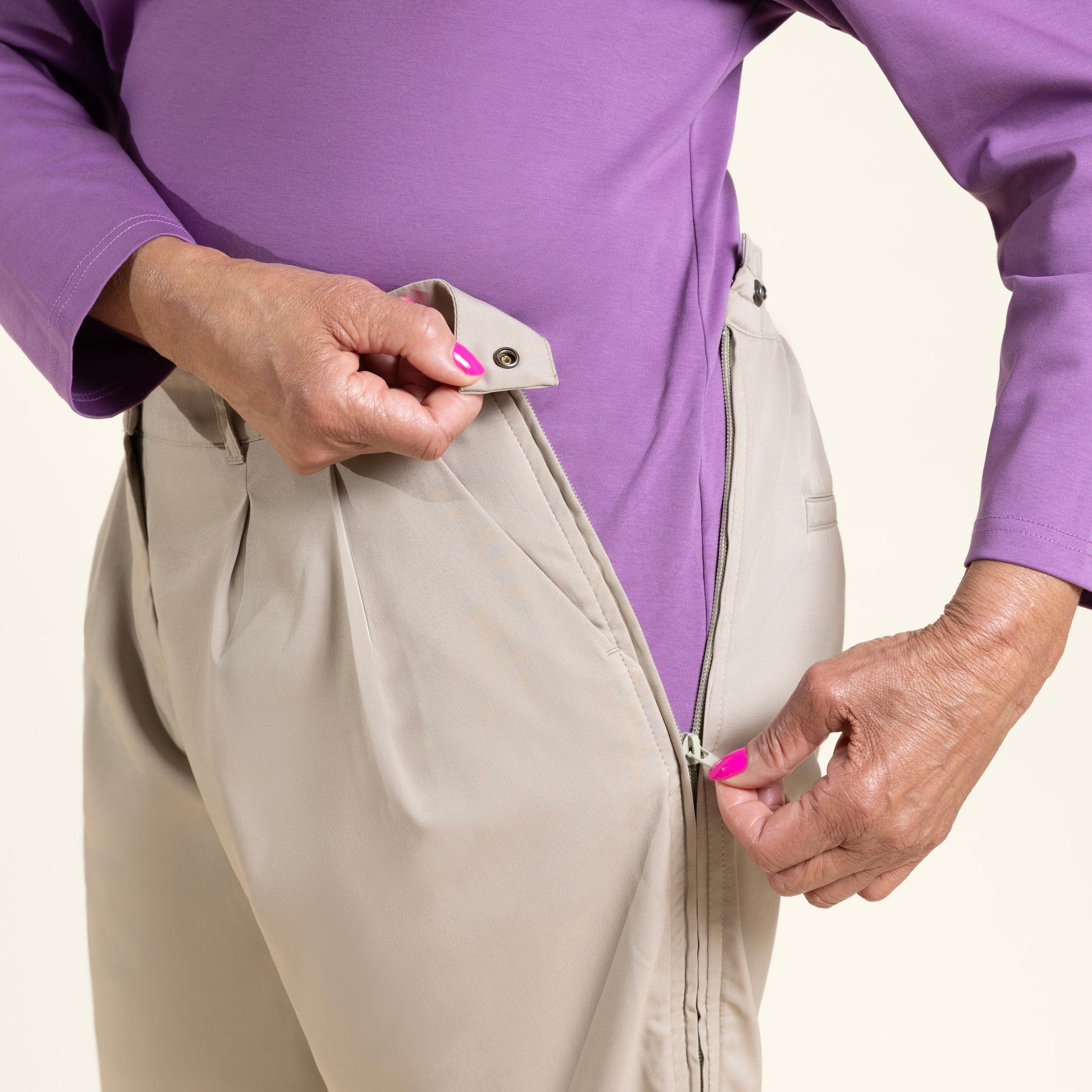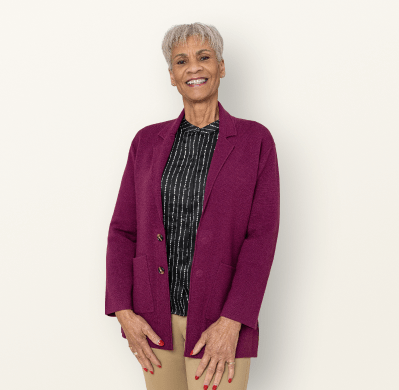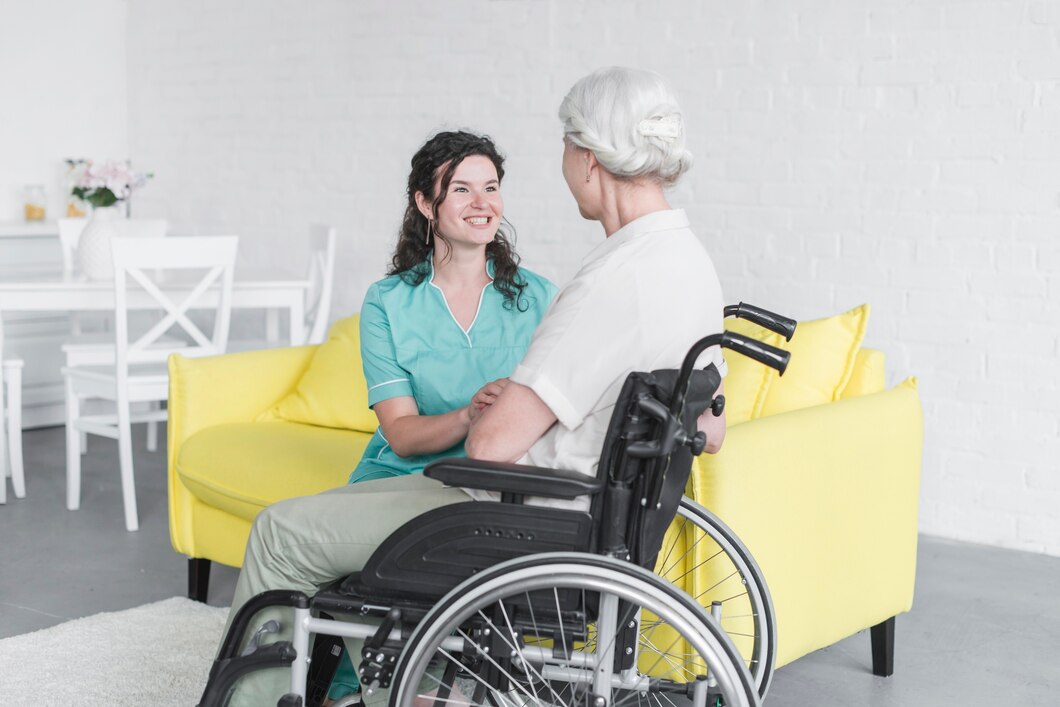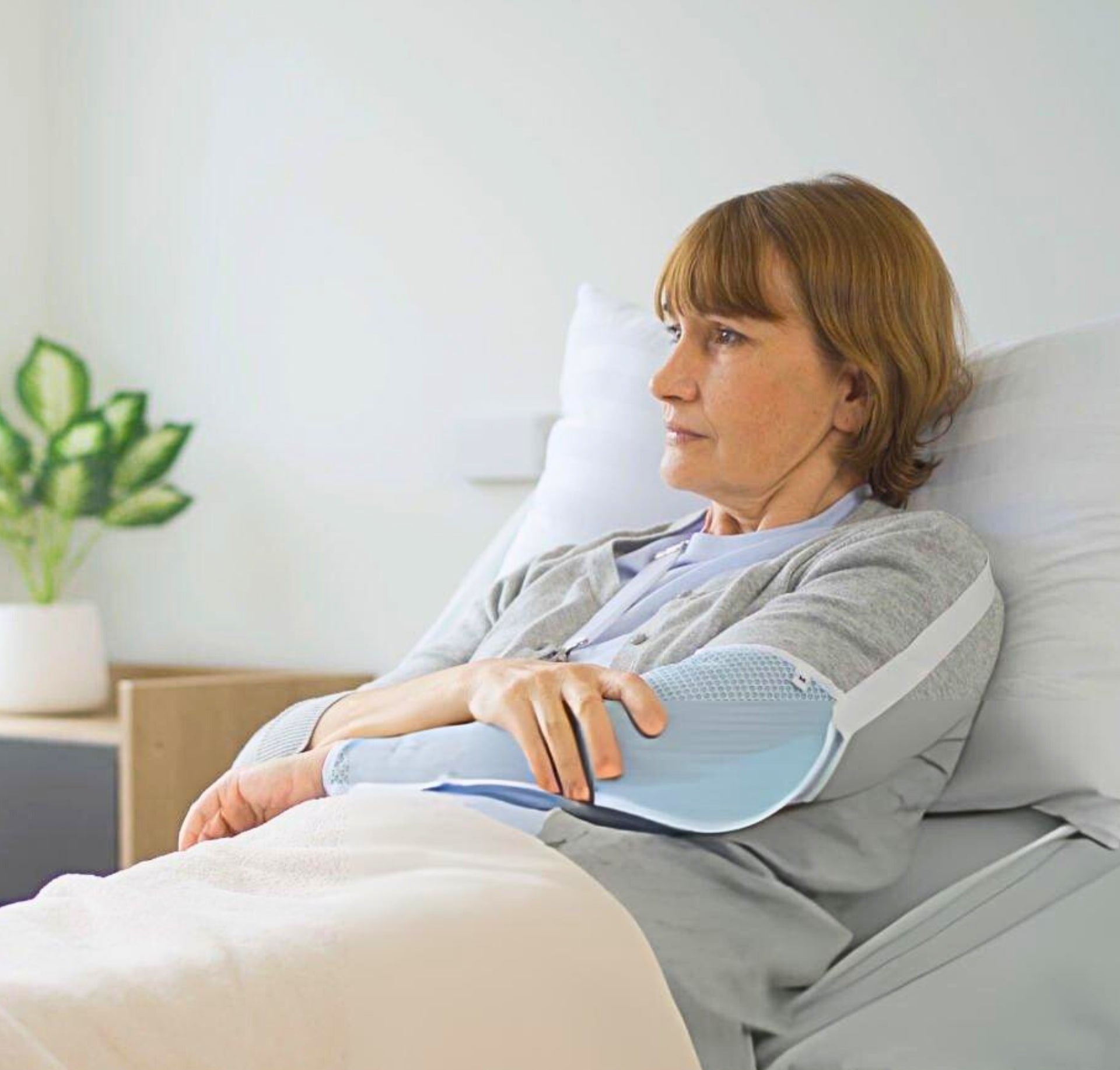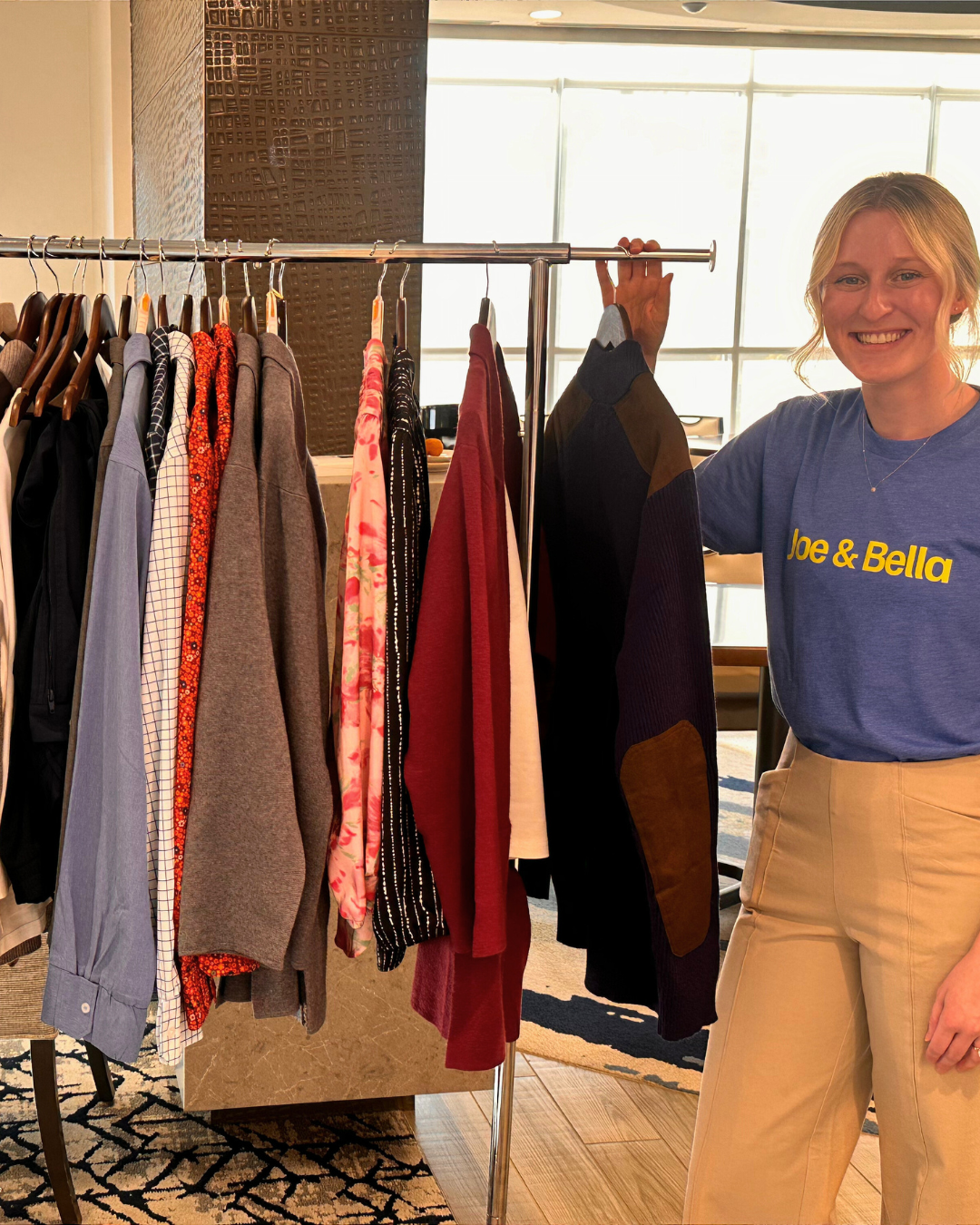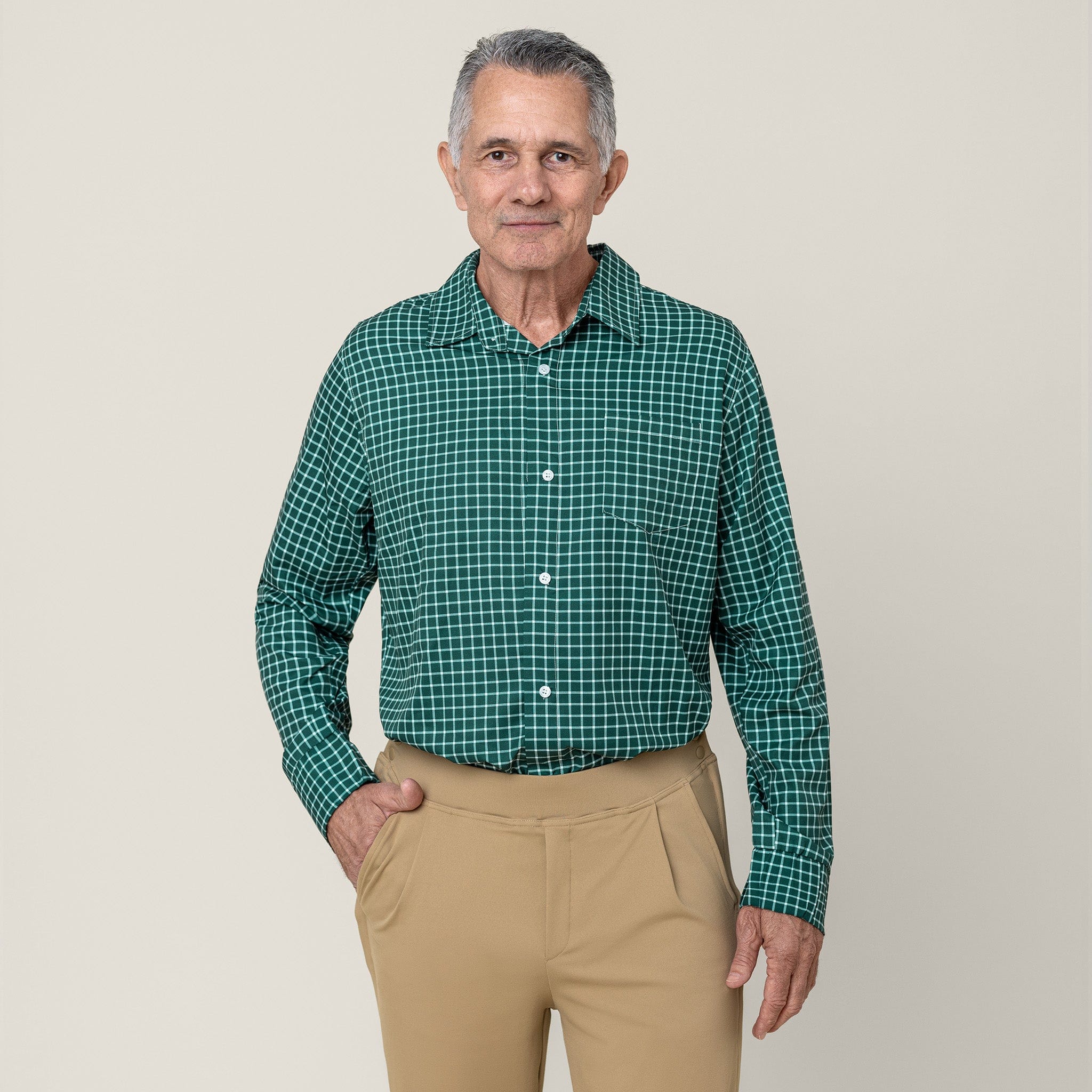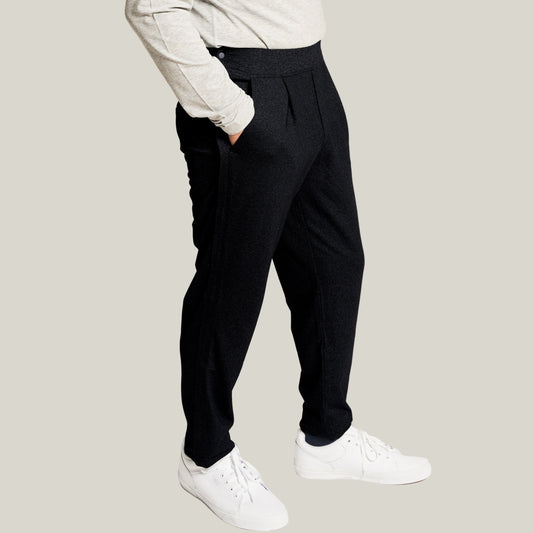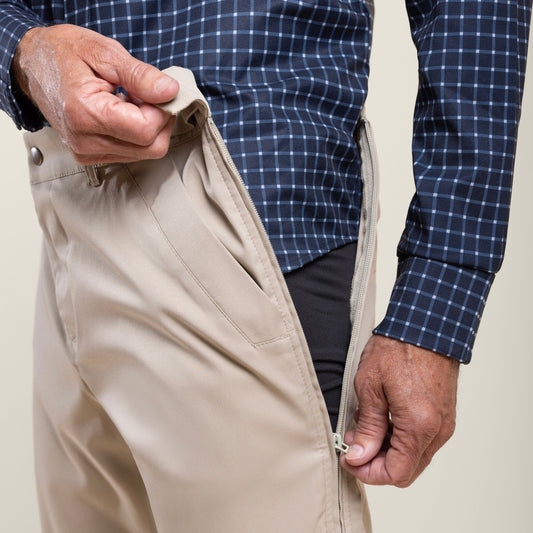Socks might seem like a simple part of your wardrobe, but there's actually a whole world of options out there. From ankle socks to knee-highs, wool to cotton, lightweight to heavy cushioned, the different types of socks available today can meet almost any need you have. Understanding the different kinds of socks helps you choose the right pair for every occasion, whether you're heading to the gym, going to work, or just relaxing at home.
Different Type Of Socks
When you start looking at all the types of socks available, you'll quickly realize there's much more variety than you might have thought. The main categories include dress socks for formal occasions, athletic socks designed for sports and exercise, casual socks for everyday wear, and specialty socks made for specific purposes like compression or warmth.
Dress socks are typically thin and made from fine materials like cotton, silk, or synthetic blends. They're designed to look polished with business attire and dress shoes. Athletic socks come with extra cushioning and moisture-wicking properties to keep your feet comfortable during physical activity. Casual socks are your everyday go-to options that balance comfort and style for regular activities.
Beyond these basics, you'll find specialty options that serve specific purposes. Compression socks apply gentle pressure to improve circulation and reduce swelling, making them popular among travelers, pregnant women, and people who stand all day. Gripper socks feature rubber or silicone grips on the bottom to prevent slipping on smooth floors, which is why they're favorites in hospitals, yoga studios, and homes with seniors. The different style of socks you choose depends on what you're doing and what you need from your footwear.
Each type serves a specific purpose, and having a variety in your drawer means you're prepared for whatever your day brings. Understanding these categories is the first step in building a practical sock collection that works for your lifestyle.
How To Choose The Right Socks
The right socks can make your feet feel comfortable all day long, while the wrong ones can leave you with blisters, sweaty feet, or cold toes. Here are the key factors to consider when selecting socks.
Consider Your Activity
What you're doing matters most when choosing socks. Office work calls for different socks than a basketball game or a hike. If you're sitting at a desk all day, comfort and style are priorities, so dress socks or casual crew socks work well. For running or sports, look for athletic socks with moisture-wicking properties and extra cushioning in high-impact areas. Hiking requires thick, durable socks that prevent blisters on long trails. Even lounging at home has ideal sock options like cozy, soft pairs or gripper socks for safety on smooth floors.
Think About Your Shoes
Your footwear determines what sock length and thickness will work. Dress shoes need thin, sleek socks that don't create bulk. Sneakers accommodate various sock types, from no-show to crew length. Boots, especially hiking or work boots, pair best with thicker socks that provide cushioning and fill the space properly.
Factor In The Weather
Temperature plays a huge role in sock selection. Hot summer days call for lightweight, breathable socks made from moisture-wicking materials. You'll want thin socks that keep your feet cool and dry. In winter, heavyweight wool or thermal socks keep your feet warm and comfortable. Spring and fall are perfect for medium-weight socks that provide versatility.
Address Your Foot Health
Your feet's specific needs should guide your choices. If you have diabetes, diabetic socks with non-binding tops protect your feet. People with circulation issues benefit from compression socks that promote blood flow. Sweaty feet do better with moisture-wicking synthetic or wool socks rather than pure cotton. If you're prone to blisters, seamless socks with good moisture management help prevent them.
Match Your Personal Style
Socks are part of your overall look, so choose styles that fit your personality and wardrobe. For professional settings, stick with solid colors that match your pants and shoes. Casual environments let you have more fun with patterns, bright colors, or novelty designs. Some people prefer their socks to blend in completely, while others use them as a statement piece.
If you wish to learn more, you can also read our blog on how to choose the right socks.
Best Sock Options For Seniors
Seniors have specific needs when it comes to socks, and choosing the right type can improve comfort, safety, and overall foot health. Non-binding socks are essential for many older adults because they don't restrict circulation. These socks have looser tops that stay up without digging into the leg, which is especially important for people with diabetes, swelling, or circulation issues.
- Gripper socks are excellent for preventing slips and falls on smooth floors. Many seniors prefer these for wearing around the house instead of slippers
- Compression socks can help manage swelling in the legs and feet, though seniors should consult their doctor about the right compression level.
- Easy-on socks make dressing easier for those with limited mobility The best choice depends on individual health needs.
Conclusion
Understanding the different types of socks available helps you make better choices for every situation in your life. Whether you're considering length, weight, material, activity, or cushion level, each factor plays a role in your comfort and foot health. The right socks can help prevent blisters, regulate temperature, improve circulation, and prevent falls. Taking time to build a diverse sock collection means you'll always have the perfect pair for whatever your day brings.









